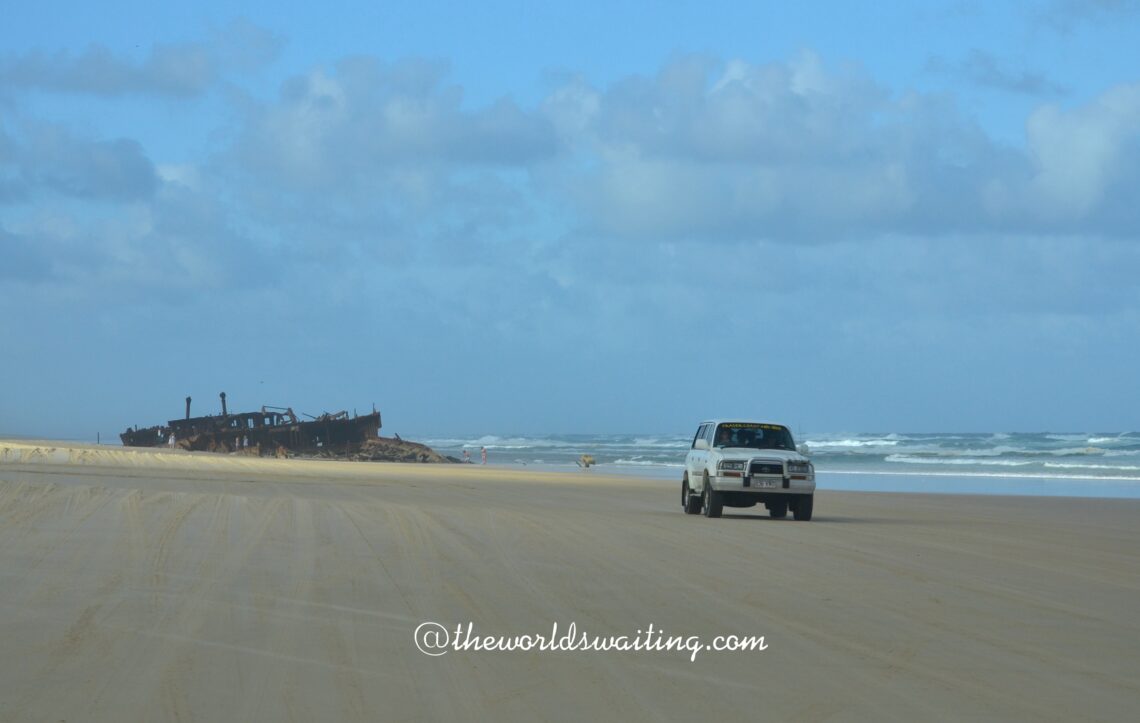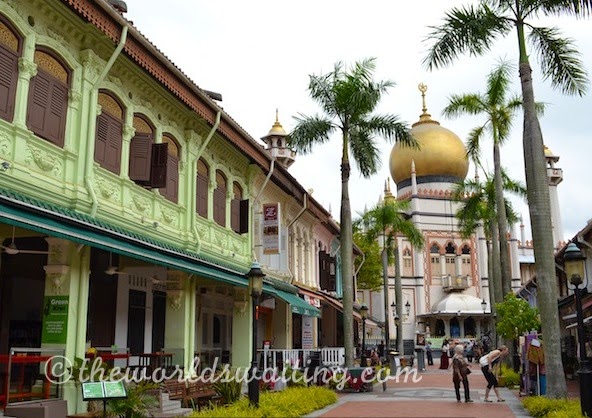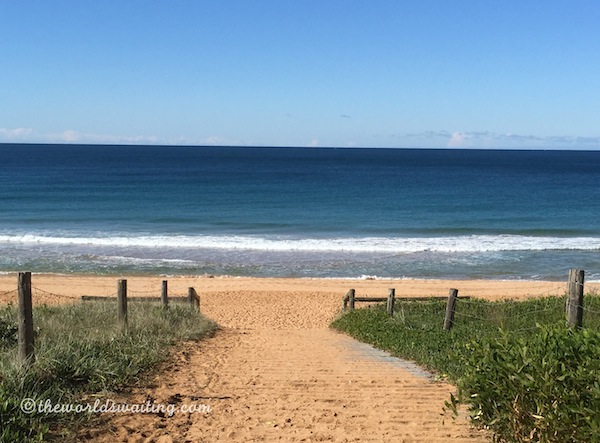
Chasing dingoes, and other fun things to do on Fraser Island
UNESCO World Heritage listed Fraser Island is the largest sand island in the world complete with scenic lakes, a wreck, some epic 4WD tracks, and dingoes, and for the last year I’ve lived less than two hours away. With crocodile and dingo warnings aplenty, as well as the very real possibility of getting bogged in fine sand, it could only be an adventure. What had I been waiting for? Here are the ten best things to do on Fraser Island.
An island completely made of sand perhaps doesn’t sound that exciting, but Fraser Island’s bold landscape, wild dingoes and varied scenery definitely make for some adventures.
35 Mile Beach
Driving on the beach is part of the culture of Fraser Island. 35 Mile Beach stretches from north to south along the east side of the island. The maximum speed limit is 80 km/h and normal road rules apply, such as seatbelts and drink driving prohibition (the police often perform random breath-testing too). There’s a real sense of freedom driving on this vast width of sand, but do it carefully as accidents are common. It can also be surprisingly busy, with landing light aircraft to keep an eye out for, as well as regular vehicles, pedestrians, and, of course, dingoes!
Dingoes on Fraser Island
Australia’s wildlife can be both an attraction (think furry kangaroos, koalas, colourful lorikeets), and something that strikes fear into visitors (spiders, snakes, jellyfish, all of which can kill you). Dingoes, with their dog-like appearance fall somewhere in between. Almost as soon as we got off the barge from Rainbow Beach, a pair of dingoes came charging down from the dunes to check us out. Many visitors treat them like dogs (and while taking photos I confess, I found myself making encouraging noises in the way you might to a dog, but keeping well away from any physical contact). It is easy to see how they seduce visitors, they bound around like dogs, looks like dogs, but they are not dogs. Being wild their behaviour is more like that of wolves. It was fantastic to see them so close (from the safety of the car) and wild. I always prefer seeing wild animals. There are lots of warning signs about remaining alert to dingoes, and how to behave if attacked by one. Worth reading – just in case.

4WD tracks
To see Fraser Island properly you have to take a four-wheel drive vehicle and, if you’re female with any boobs at all, a supportive sports bra. Several bush tracks crisscross the island, and they are all fine sand, and it is deep. In fact, most of the island is only accessible via these tracks, making travelling around the island a time-consuming but exciting business. Be prepared to meet other vehicles (some of them the enormous day trip 4WD buses) on narrow tracks and to keep an eye out for small directional signs. Central Station is a great place to head to for those that are interested in learning a bit about the island’s logging history and settlement.

Walking on Fraser Island
For hardy souls there are also walking tracks around the island. If trekking through deep sand in sub tropical weather, with the constant chance of bumping into a hungry dingo (they roam freely around the island) is you thing, you can easily spend hours exploring on foot. There are tracks ranging from just under 1km to almost 6km trips. Good luck!
Lake Mckenzie
Hidden away in the centre of the lower half of Fraser Island is Lake Mckenzie. On the map it looks close to Kingfisher Bay and Eurong accommodation but because of the sand tracks, it will still take a while to get to. It is definitely worth the trip though. The water in the lake is fantastically clear and, viewed from the beach, delightful shades of turquoise and blue. Get there early to avoid sharing it with hordes of day trippers and keep an eye on your bags when you’re in the water – don’t forget the dingoes are opportunists! There are several other lakes on the island, and a lakes trail to follow if you have time.

Eli Creek
About half way up the eastern beach Eli Creek flows to the sea. A boardwalk leads along the bank to an entry point, from which it is easy to swim or even walk (at low tide) back to the beach. Narrow and shallow, the little creek offers a refreshing dip and the water movement is just enough to transport weary visitors that are only up to floating.

Maheno Wreck
Fraser Island is such a wilderness there are few signs of civilisation, but the wreck of the M/S Maheno is one of them. The wreck was blown ashore during a freak winter cyclone in 1935 and subsequently used as target practice during the Second World War. Obviously, she’s in quite a sorry state now. Still, enough of the wreck remains that it is easy to identify remaining parts of the ship, and the wreck sitting upright on the vast sandy beach makes a great photo. Not every day you drive past an 80 year-old shipwreck either.

Indian Head
For the best views across the island and out over the Pacific, head to Indian Head, a rocky outcrop and the most easterly point on the island, at the northern end of Fraser Island. Visitors climbing the rocky headland are rewarded with great views in all directions, and might even see sharks and manta rays. If you’re wondering what it’s got to do with Indians, blame Captain Cook who named it after the indigenous people he saw nearby (then referred to as Indians), back in 1770.

Fraser Island’s Champagne Pools
Swimming is only for the brave (or possibly stupid) on the eastern beaches, as the surf pounds the shore complete with rips, currents, sharks and jellyfish. Eurgh. For a much safer and more enjoyable swim Fraser Island’s Champagne Pools are the answer. Surf pounds over the edge of the series of rock pools, and bubbles as it recedes, hence the name. Think of it as a natural Jacuzzi.
Sandy Cape and lighthouse
The northern point of Fraser Island is called Sandy Cape, and lives up to its name – sand everywhere! It is a very desolate expanse of sand, favoured by nesting Loggerhead and Green Turtles, presumably for the peace and quiet! A lighthouse built in 1870 after a spate of recent shipwrecks is the only sign of life.
Have you been to Fraser Island? What would you add to this list? Feel free to share your ideas in the comments below.




